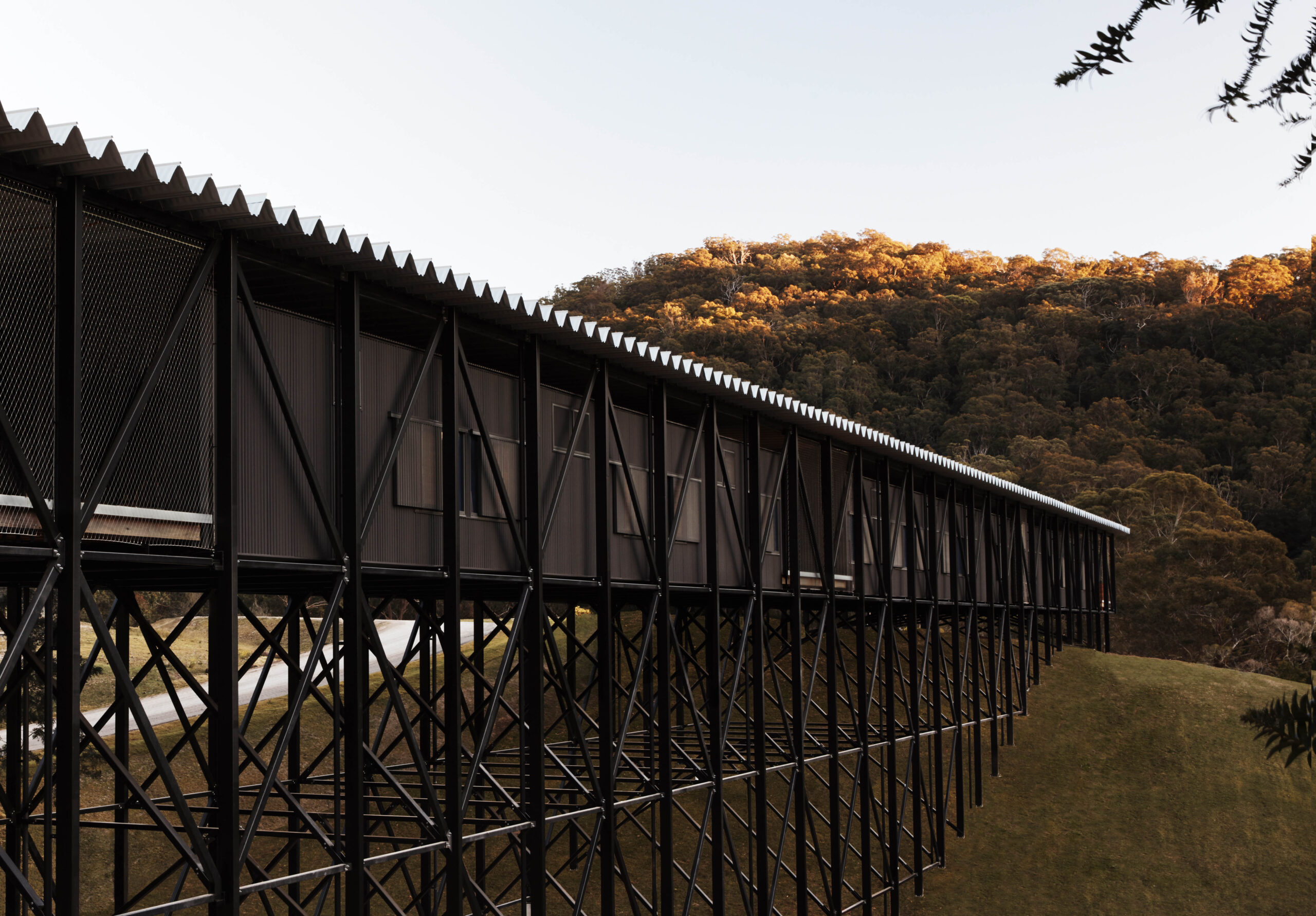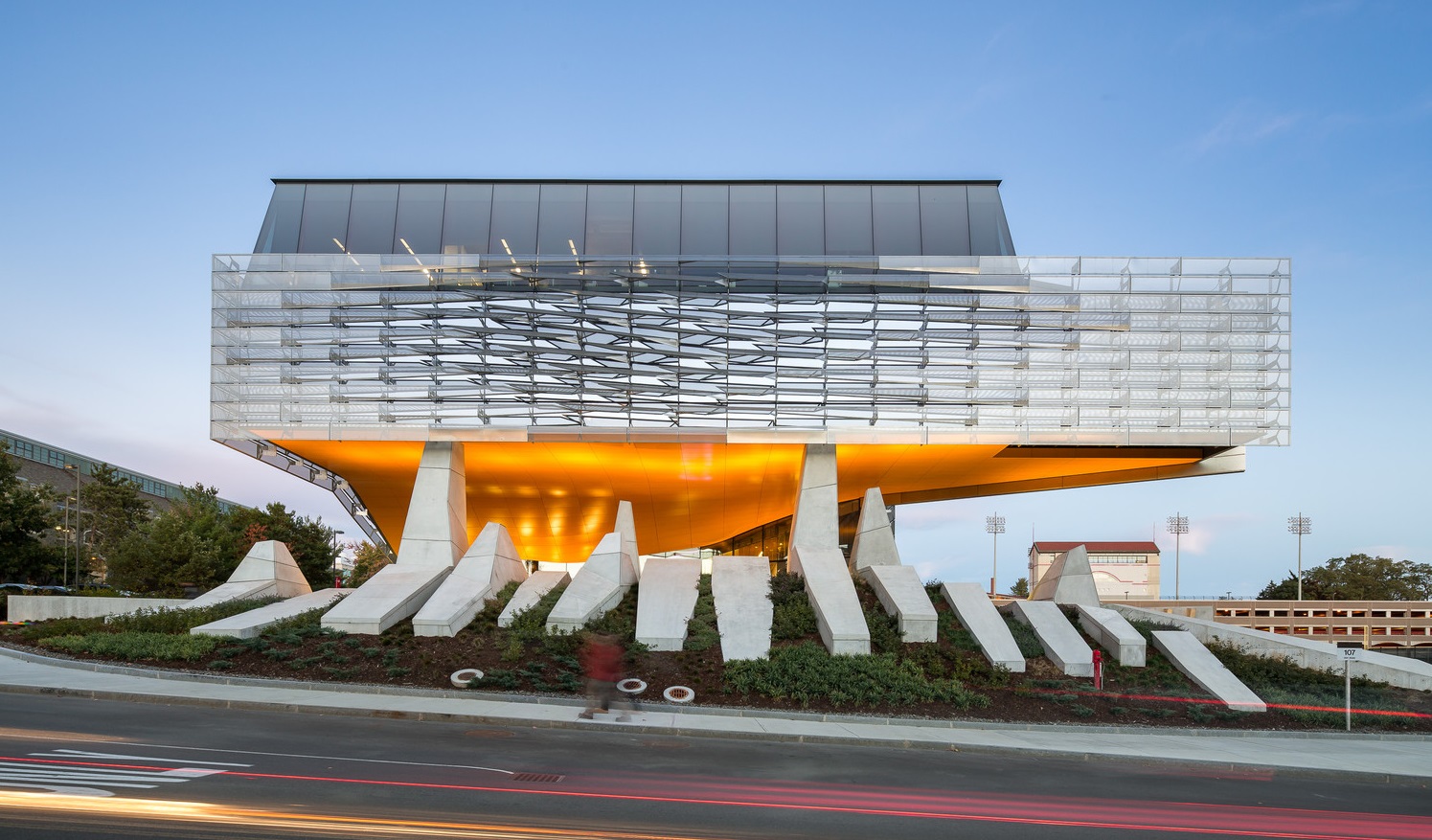The judging process for Architizer's 12th Annual A+Awards is now away. Subscribe to our Awards Newsletter to receive updates about Public Voting, and stay tuned for winners announcements later this spring.
Right now, the North Sea is experiencing a severe marine heatwave. On the other side of the Atlantic, which last year again endured record-breaking temperatures, Canada has been ablaze for weeks, shrouding cities like New York in hellfire smog. Meanwhile, in the southern United States, thermometers hit 122 Fahrenheit (50 degrees Celsius).
Forget modeling for 2050 — climate change is happening right now, in front of our eyes. So understandably, carbon neutral, net zero, regenerative and circular approaches are rapidly becoming the standard within 21st-century architecture. However, big differences will always exist between good, average and weak designs. Each year, the best blueprints are recognized in the Architizer A+Awards, and for 2023 a full Sustainability category was introduced. All this year’s winners and runners-up were chosen for positive impact, and a significant number reflects one stark reality: as our climate becomes more extreme and unpredictable, adaptability and resilience are paramount. This collection celebrates the latest resilient architecture A+Awards-winners.
Echo, TU Delft
By: UNStudio, Delft, Netherlands
Popular Choice, 11th Annual Architizer A+Awards, Sustainable Cultural/Institutional Building

 “The future campus needs to be programmed with agile spaces,” say Ben van Berkel, Founder and Principal Architect at UNStudio. Echo, a new addition to TU Delft university in The Netherlands, is exactly that. Energy-generating, forming a key part of the institution’s ‘full sustainability by 2030′ goal, the design is rooted in transparency.
“The future campus needs to be programmed with agile spaces,” say Ben van Berkel, Founder and Principal Architect at UNStudio. Echo, a new addition to TU Delft university in The Netherlands, is exactly that. Energy-generating, forming a key part of the institution’s ‘full sustainability by 2030′ goal, the design is rooted in transparency.
An open interior with huge windows allows maximum sunlight in, overheating mitigated with low solar penetration-factor glass. Encouraging interaction between students, opportunities for collaboration — an essential ingredient for progress — are increased, while varied teaching and communal areas can change with needs, so the layout can develop with the student population, reducing the chance of resource heavy extensions or rebuilds down the line.
Yangtze Delta Polders
By: Shanghai Landscape Architecture Design and Research Institute Co. LTD.
Jury Winner, 11th Annual Architizer A+Awards, Built Sustainable Landscape/Planning Project
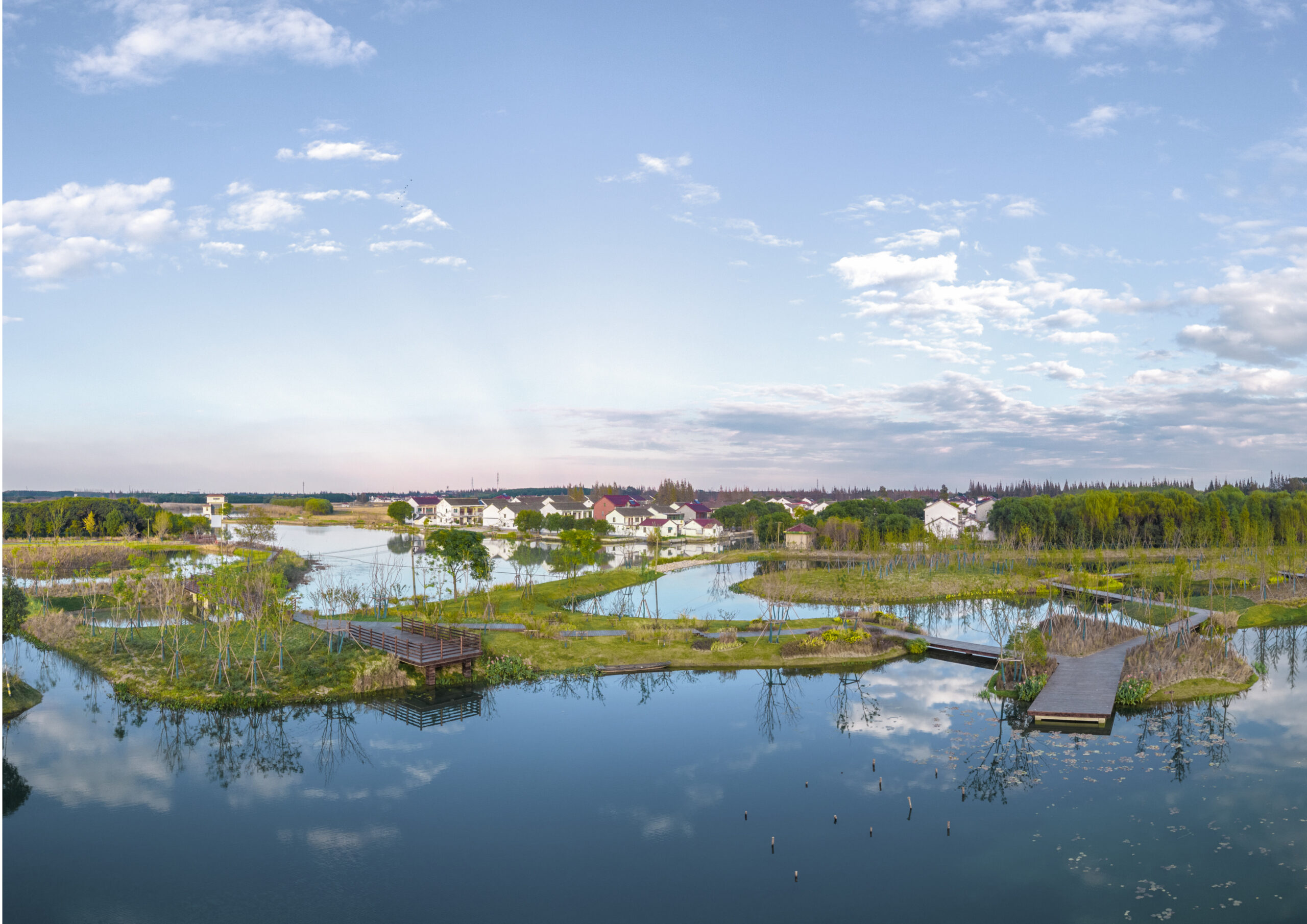
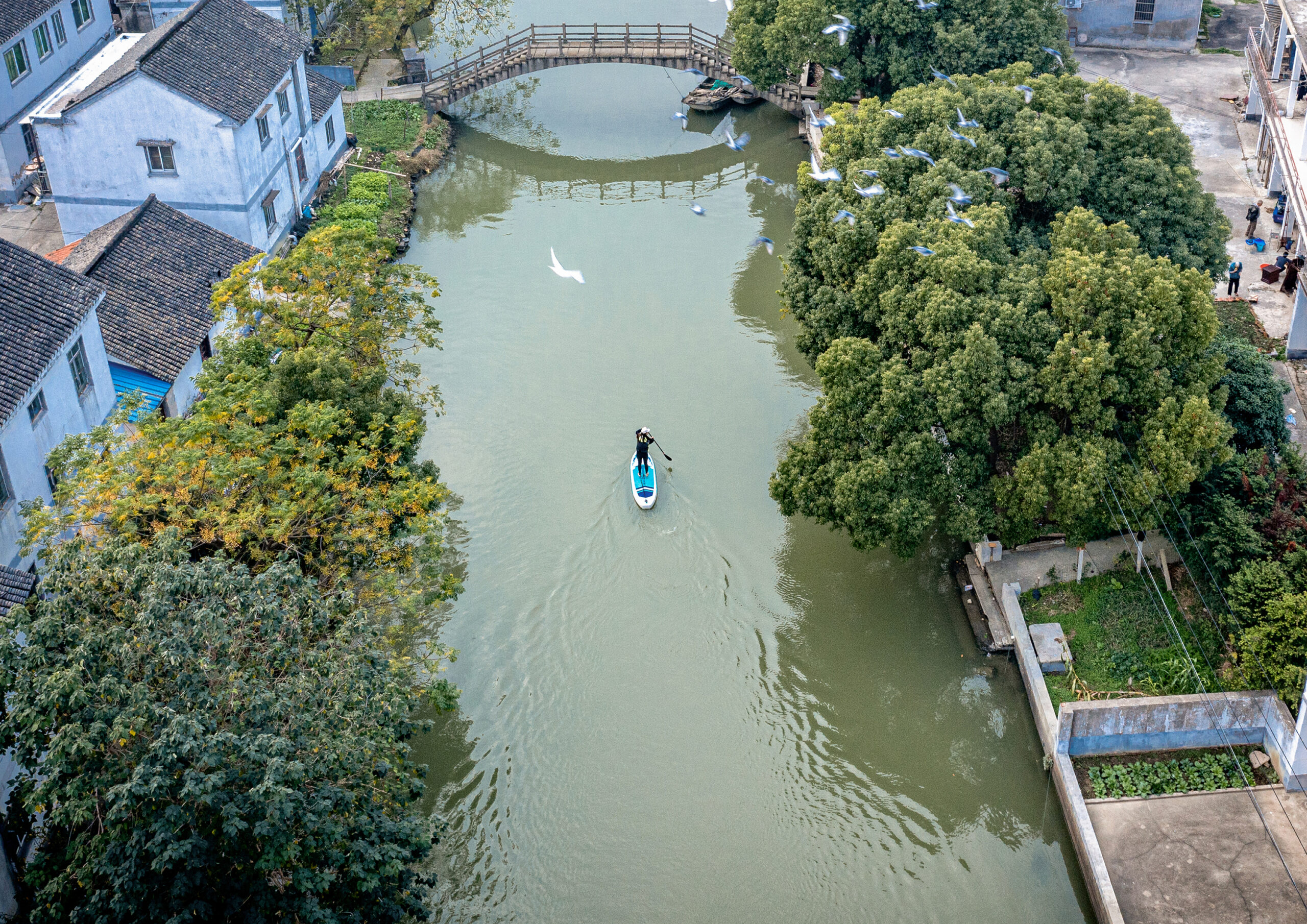 Nature thrives when everything has a role to play, a notion at the front of Yangtze Delta Polders. Located in China’s Jiangnan region, this large development provides food production, flood protection, water purification, biodiversity protection, and new homes in an attractive green delta environment. Polders are connected via cofferdams, land reclaimed by dykes, low-lying areas used for excess water storage and fish farming, and sludge provides ideal conditions for mulberry and other indigenous trees to grow.
Nature thrives when everything has a role to play, a notion at the front of Yangtze Delta Polders. Located in China’s Jiangnan region, this large development provides food production, flood protection, water purification, biodiversity protection, and new homes in an attractive green delta environment. Polders are connected via cofferdams, land reclaimed by dykes, low-lying areas used for excess water storage and fish farming, and sludge provides ideal conditions for mulberry and other indigenous trees to grow.
Not only does the masterplan reduce the risk to the site posed by heavy rains, the elements are finely balanced, creating a thriving inter-dependent ecosystem, where flora, insects, invertebrates and aquatic life support one another. This exemplary resilient design brings stability to the land and inhabitants while restoring habitats.
Guangci Charity Park Social Housing
By: KHL Architects & Planners, Taipei City, Taiwan
Popular Choice, 11th Annual Architizer A+Awards, Built Sustainable Multi-Unit Residential Building
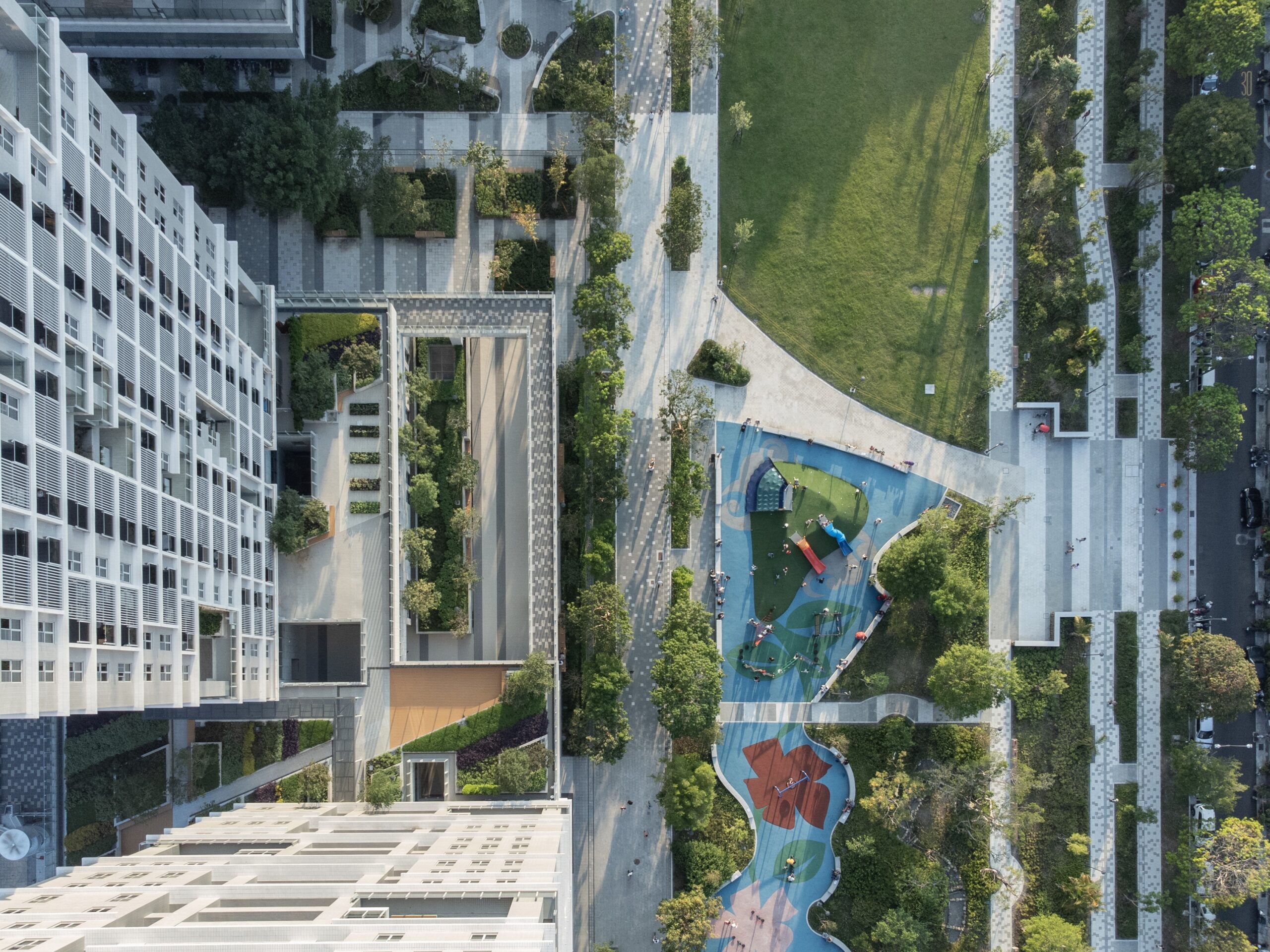
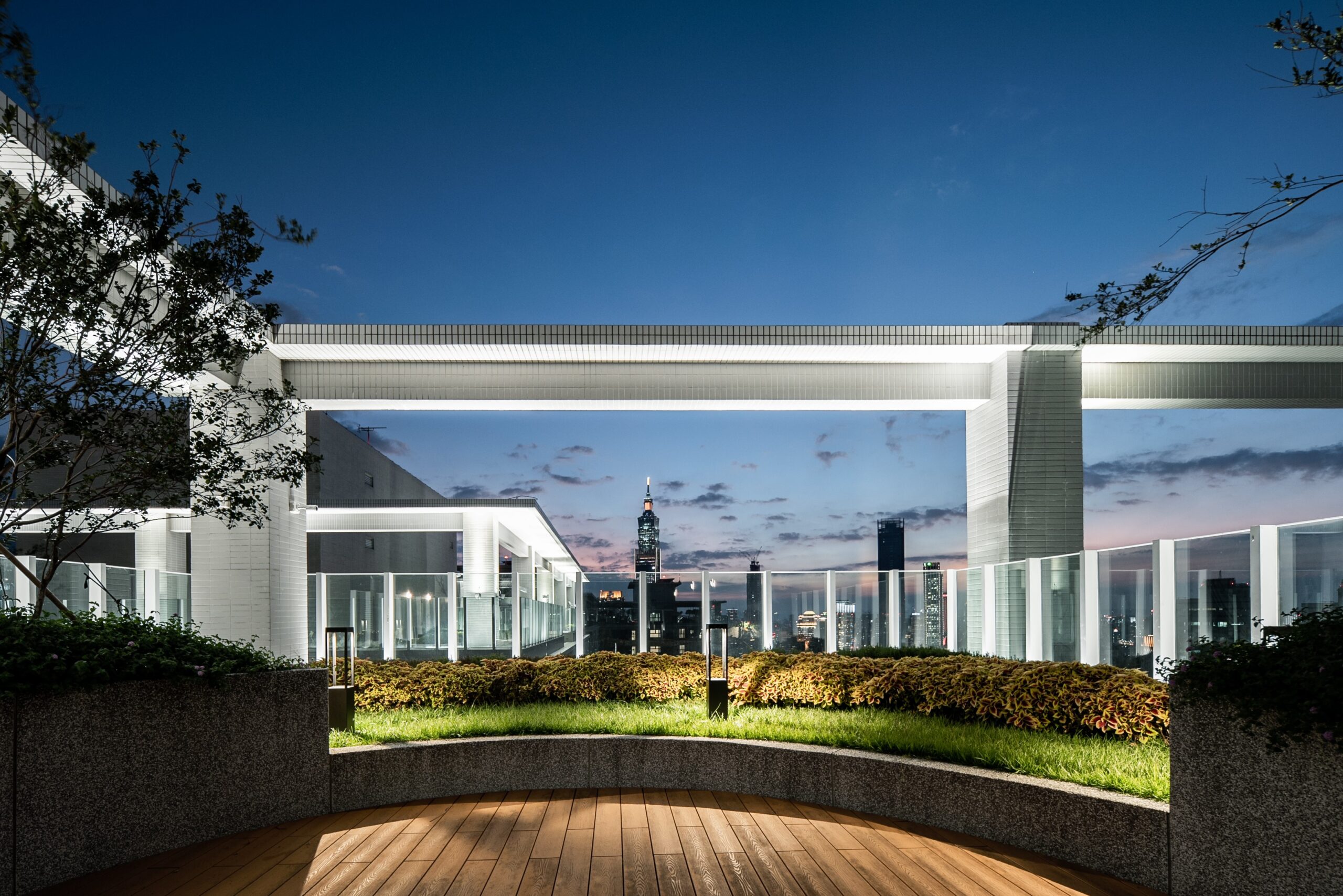 Rapid urbanization and population growth are felt across the world. Responding to this, KHL has created an affordable housing development in a location where there is immense pressure on space, integrating biophilic and nature design throughout 27-floors of public housing.
Rapid urbanization and population growth are felt across the world. Responding to this, KHL has created an affordable housing development in a location where there is immense pressure on space, integrating biophilic and nature design throughout 27-floors of public housing.
Sky gardens with city views and mid-level open spaces for outdoor children’s activities are connected through vertical greening. Passive heating, energy recovery, and reclaimed water systems are installed. This means that the building is not only low impact but, to an extent, self-sufficient — an idea that’s emphasized by the urban farm, social agency office and shops included within the design.
Sumu Yakushima
By: tono Inc., Yukushima, Japan
Jury Winner, 11th Annual Architizer A+Awards, Built Sustainable Private House
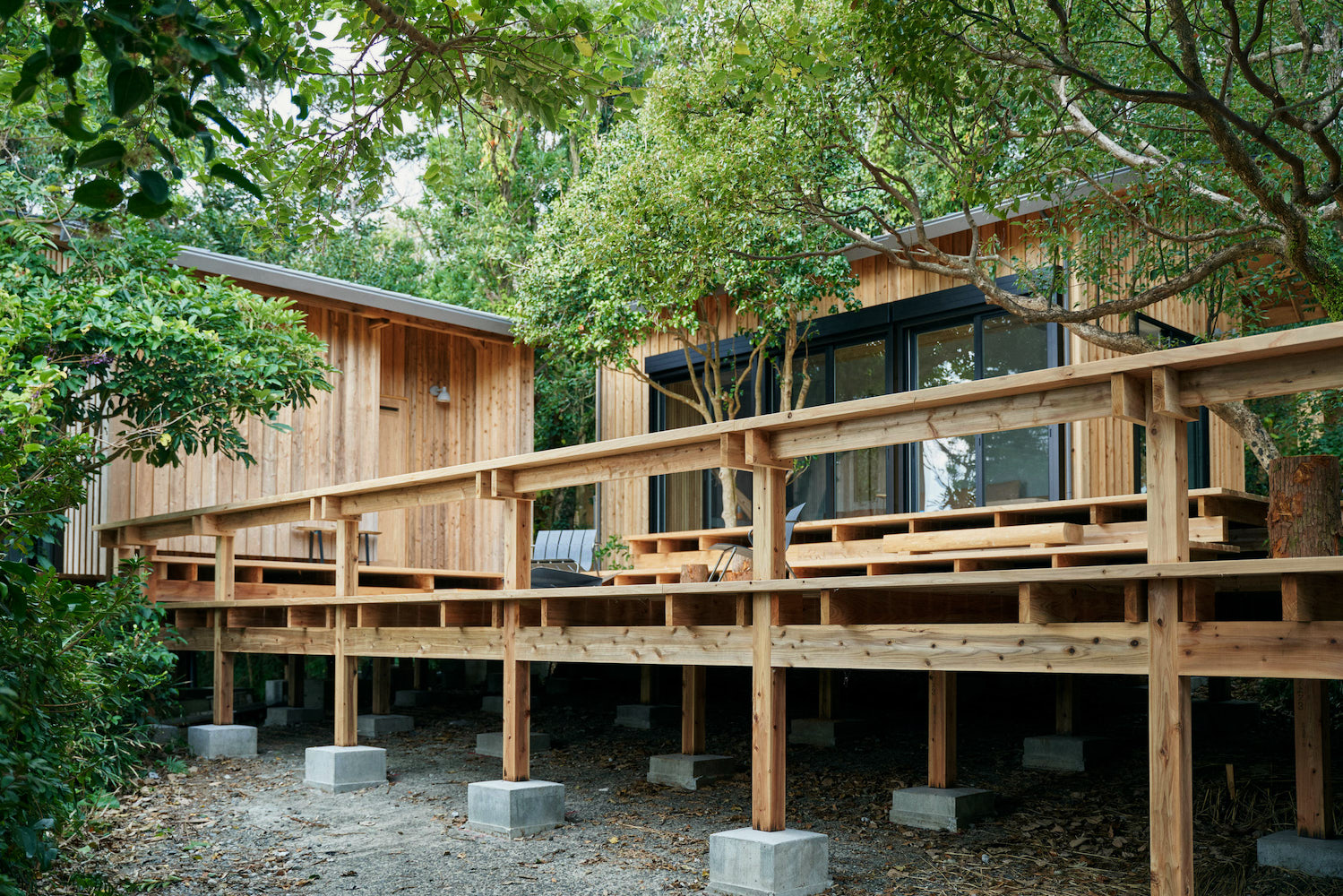
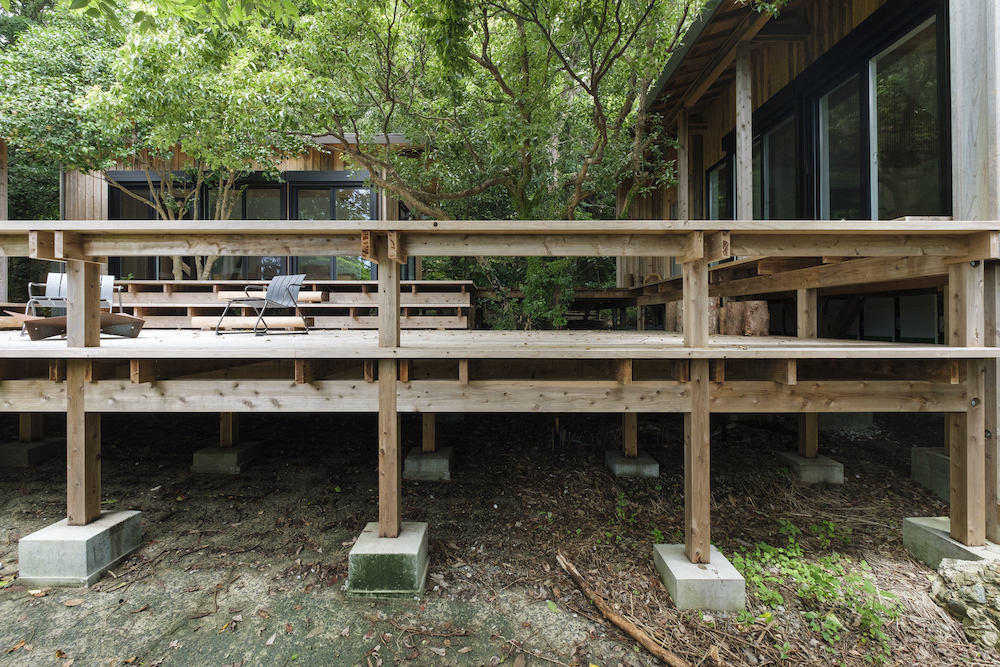 Yakushima island is a lush green paradise in southern Japan. Here, tono Inc. has created a housing co-op for eight owners, and a new, natural habitat for a variety of life, proving that working with nature is the best way to avoid falling foul of it. 100% off-grid, it positively contributes to its surrounds.
Yakushima island is a lush green paradise in southern Japan. Here, tono Inc. has created a housing co-op for eight owners, and a new, natural habitat for a variety of life, proving that working with nature is the best way to avoid falling foul of it. 100% off-grid, it positively contributes to its surrounds.
Burned wood promotes mycelium growth around the foundations, connecting structure to wood wide web. Buildings and decks are raised for healthy water and air circulation, stopping moisture build-up causing damage even in a humid climate, and external timber is treated with natural protective tannin. Inside, lights are made from soil, casting natural colors throughout, and the charcoal-EM bacteria plaster prevents putrefactive bacteria developing.
1881 Farm Park
By: Shape Architectural Studio + Superbloom, Windler, Colorado
Popular Choice Winner, 11th Annual Architizer A+Awards, Unbuilt Sustainable Non-Residential Project

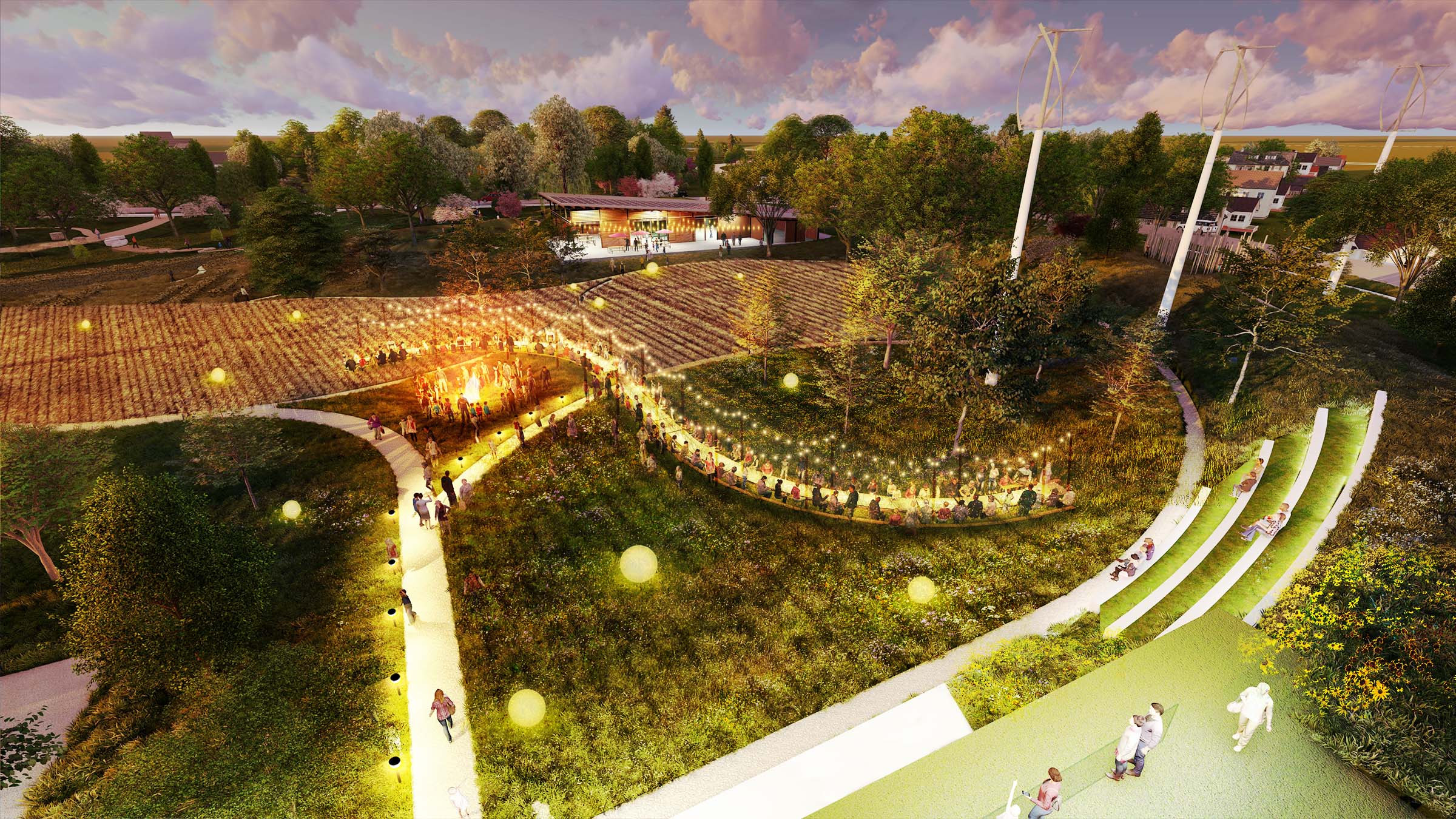 University of Colorado, Boulder research suggests one-third of all fertilizer sprayed on US grow corn simply compensates for low soil fertility caused by human activity, costing billions and inflicting further harm on the environment. Shape Architectural Studio imagines a regenerative approach to public park design which directly supports soil health, naturally achieving greater resilience in the land.
University of Colorado, Boulder research suggests one-third of all fertilizer sprayed on US grow corn simply compensates for low soil fertility caused by human activity, costing billions and inflicting further harm on the environment. Shape Architectural Studio imagines a regenerative approach to public park design which directly supports soil health, naturally achieving greater resilience in the land.
Spanning 15 acres, the plan takes over one of the last vernacular farms in the area, turning this into a working 21st Century agricultural campus, leisure and hospitality destination. The site contains a farm-to-fork restaurant, market and educational area, community greenhouses and hydroponics, set among no-till agriculture, restored grasslands, livestock areas, apiary and permaculture plantings.
Bundanon Art Museum + Bridge
By: Kerstin Thompson Architects, Illaroo, Australia
Jury Winner, 11th Annual Architizer A+Awards, Built Sustainable Cultural/Institutional Building
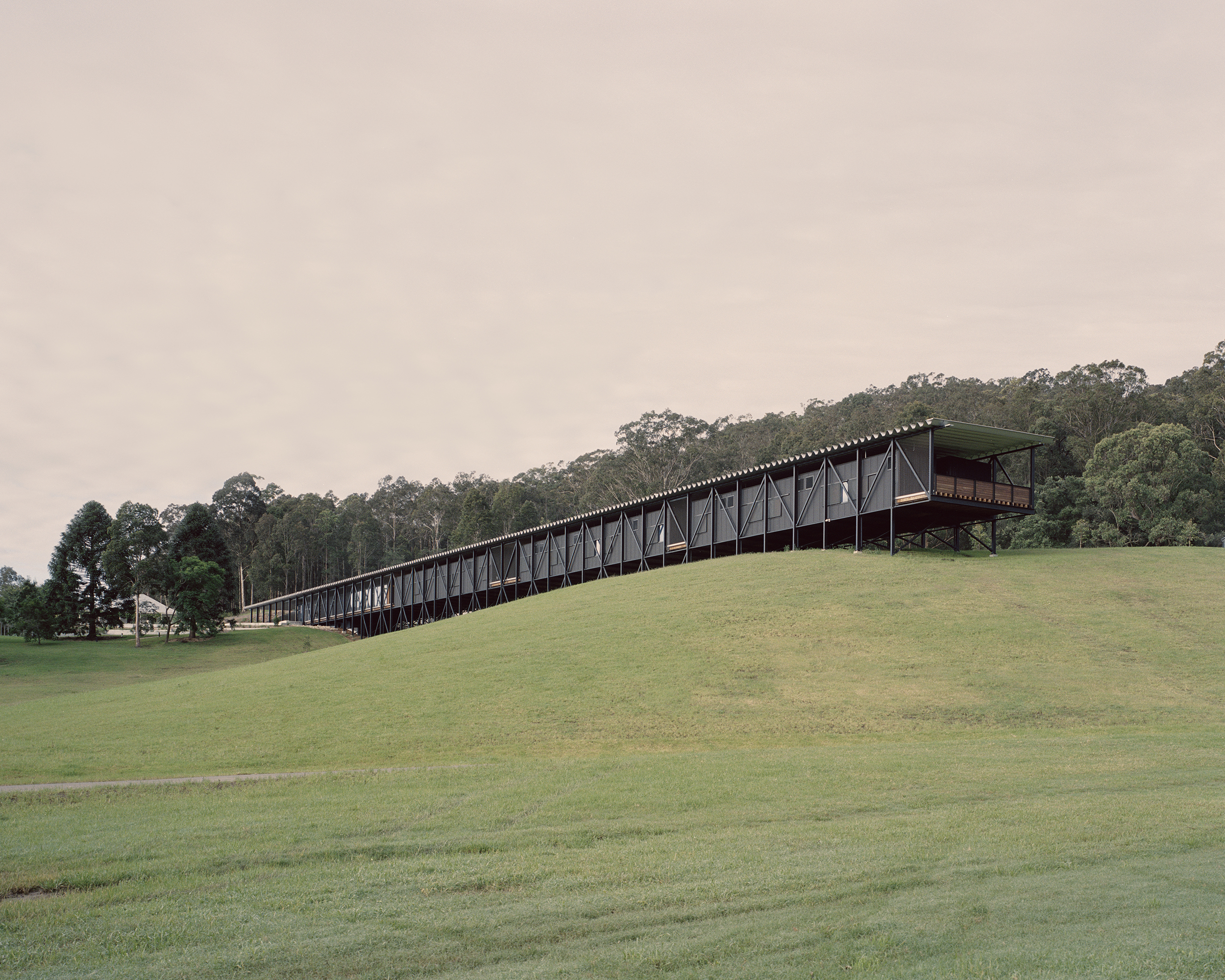
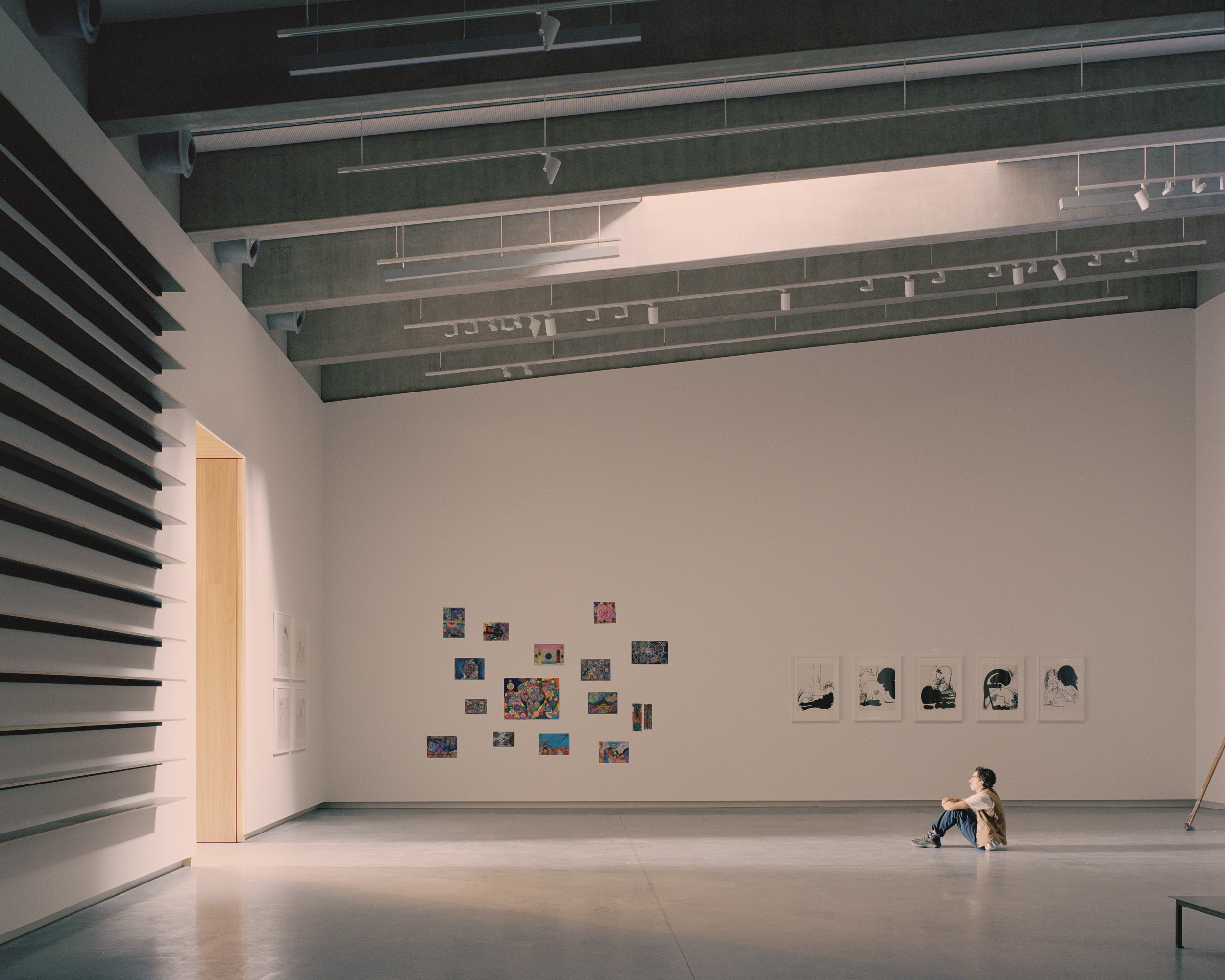 Bundanon, once the home of painter Arthur Boyd, is now the HQ of a leading Australian arts organization, operating the country’s largest artist-in-residence scheme and delivering a wealth of learning programs. Unfortunately, this invaluable institution — and its $46.5 million collection — were almost lost to ferocious forest fires and then flooding in 2019. These type of events are more and more regular occurrances in the area.
Bundanon, once the home of painter Arthur Boyd, is now the HQ of a leading Australian arts organization, operating the country’s largest artist-in-residence scheme and delivering a wealth of learning programs. Unfortunately, this invaluable institution — and its $46.5 million collection — were almost lost to ferocious forest fires and then flooding in 2019. These type of events are more and more regular occurrances in the area.
Cue a contemporary architectural solution embedded in the landscape itself. Bundanon’s Art Museum and Collection Store have been relocated underground, works exhibited and held in a fire proof building. The Bridge, which runs over a valley, is dedicated to creative learning, and its lower structural supports allow flood waters to pass unimpeded. Coupled with an ambitious net zero energy target, it sets a precedent for how cultural heritage can be saved from the worst of climate crisis fallout through resilient architecture.
The Ellinikon Metropolitan Park and Coastal Front
By: Sasaki Associates, Athens, Greece
Finalist, 11th Annual Architizer A+Awards, Unbuilt Sustainable Non-Residential Project
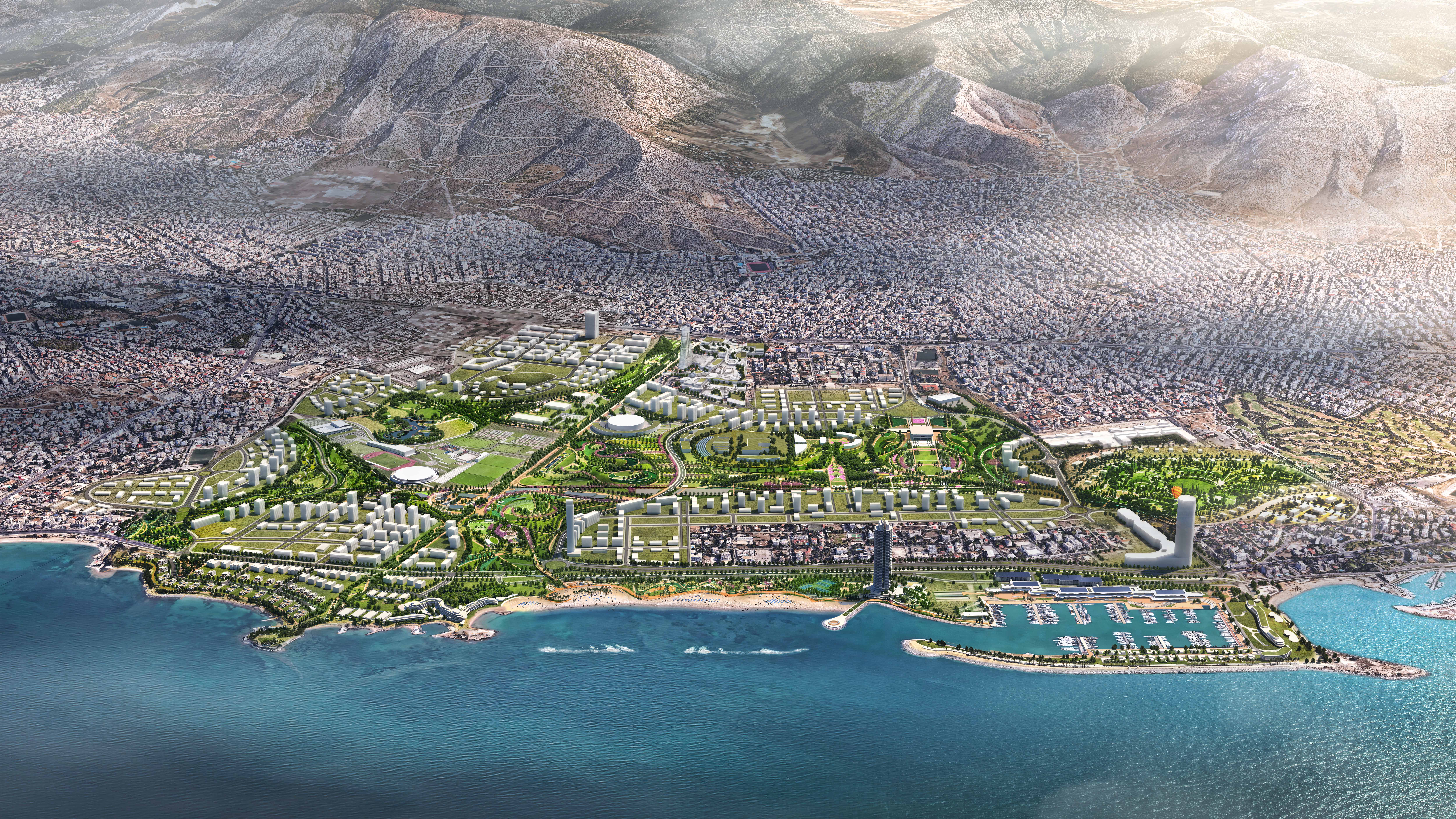
 On the site of Athens’ old international airport a 650 acre (263 hectare) park will soon be created, slated for completion in 2026. Remarkably, carbon-conscious design decisions mean 70% less construction emissions compared to the baseline for comparable projects, and the development will hit carbon neutrality in 35 years. A feat helped by the reuse of 5,297,000 cubic feet (150,000 cubic meters) of demolition material and 6 acres (2.5 hectares) of recycled runway concrete.
On the site of Athens’ old international airport a 650 acre (263 hectare) park will soon be created, slated for completion in 2026. Remarkably, carbon-conscious design decisions mean 70% less construction emissions compared to the baseline for comparable projects, and the development will hit carbon neutrality in 35 years. A feat helped by the reuse of 5,297,000 cubic feet (150,000 cubic meters) of demolition material and 6 acres (2.5 hectares) of recycled runway concrete.
But this is about more than reducing greenhouse gas output alone. In total, more than half the total area will be used for ecosystem restoration involving 3.3 million native plants being reintroduced. 95% of soils will be preserved in place or ‘amended’ on site during that process, so work causes minimal disturbance to habitats, and all water used for irrigation will be reclaimed locally.
The judging process for Architizer's 12th Annual A+Awards is now away. Subscribe to our Awards Newsletter to receive updates about Public Voting, and stay tuned for winners announcements later this spring.
